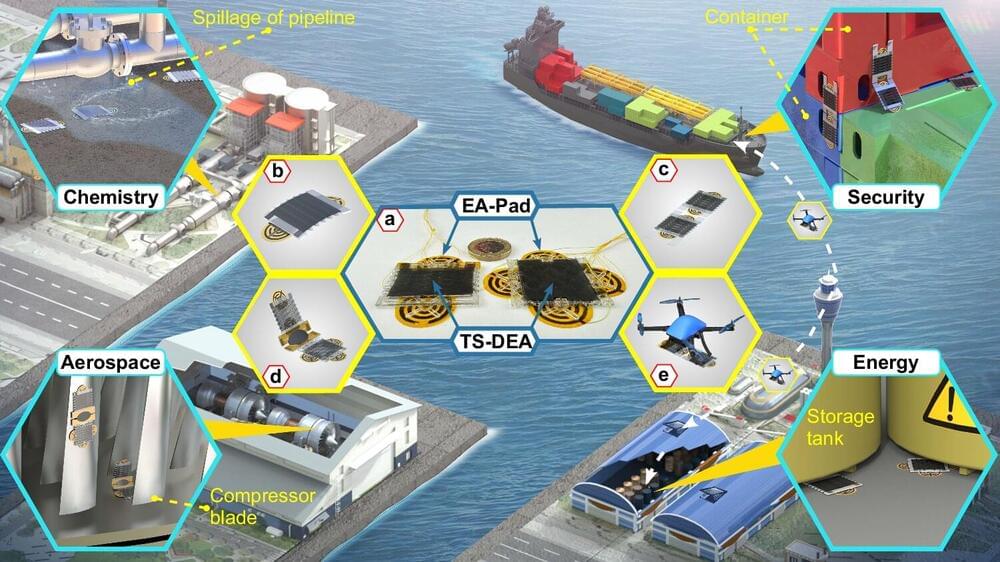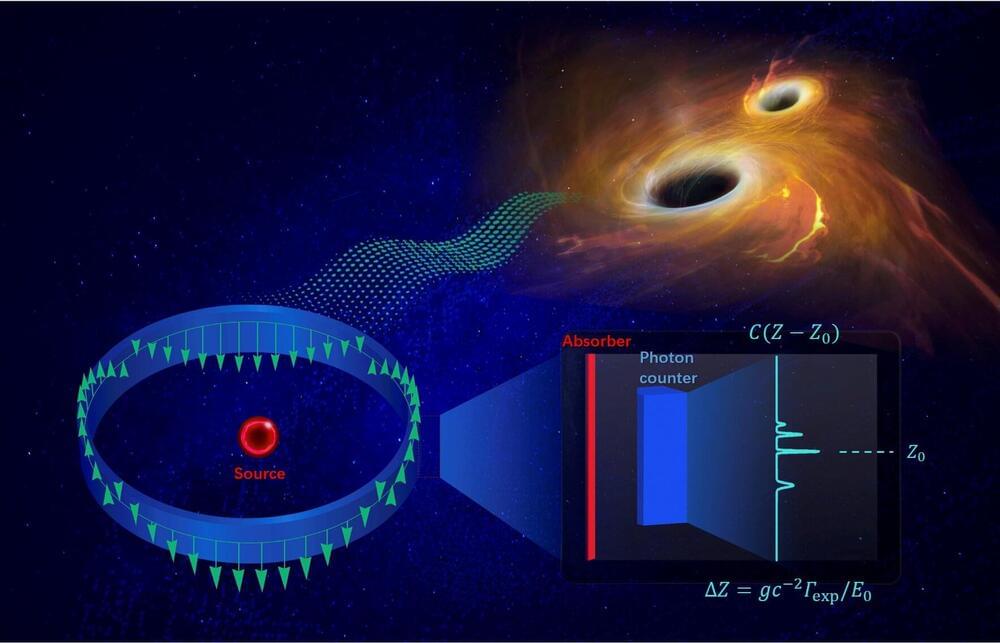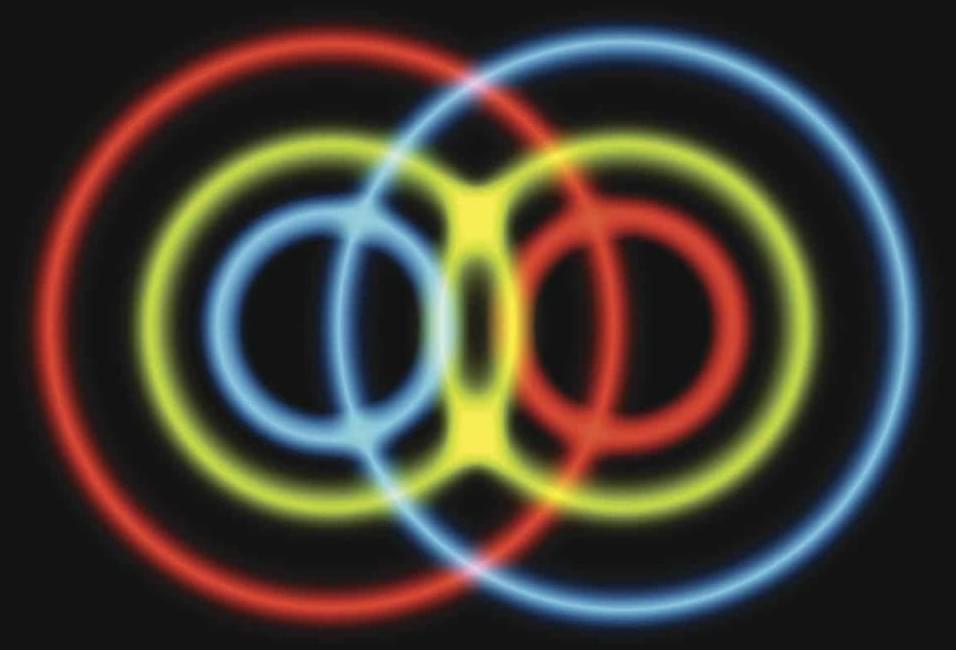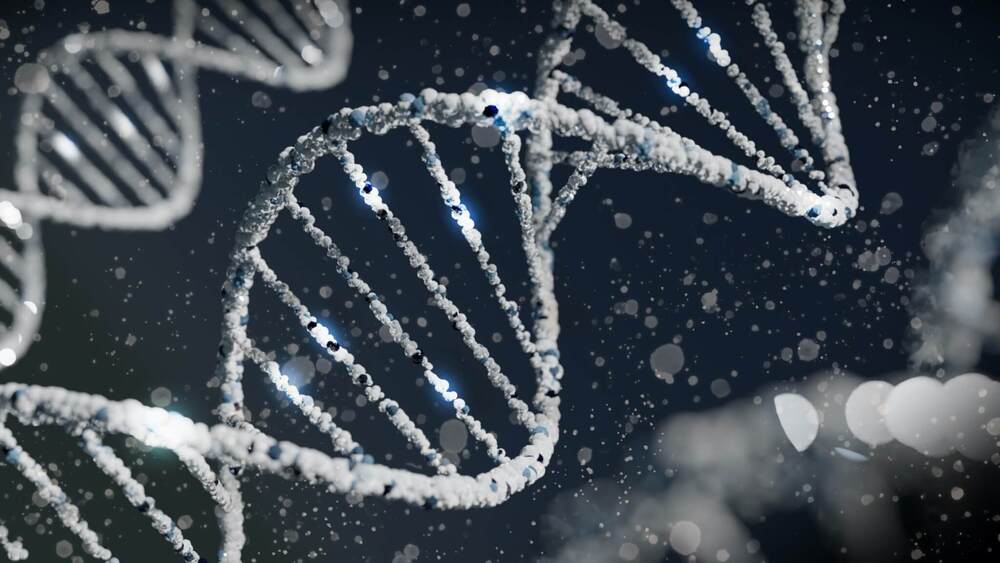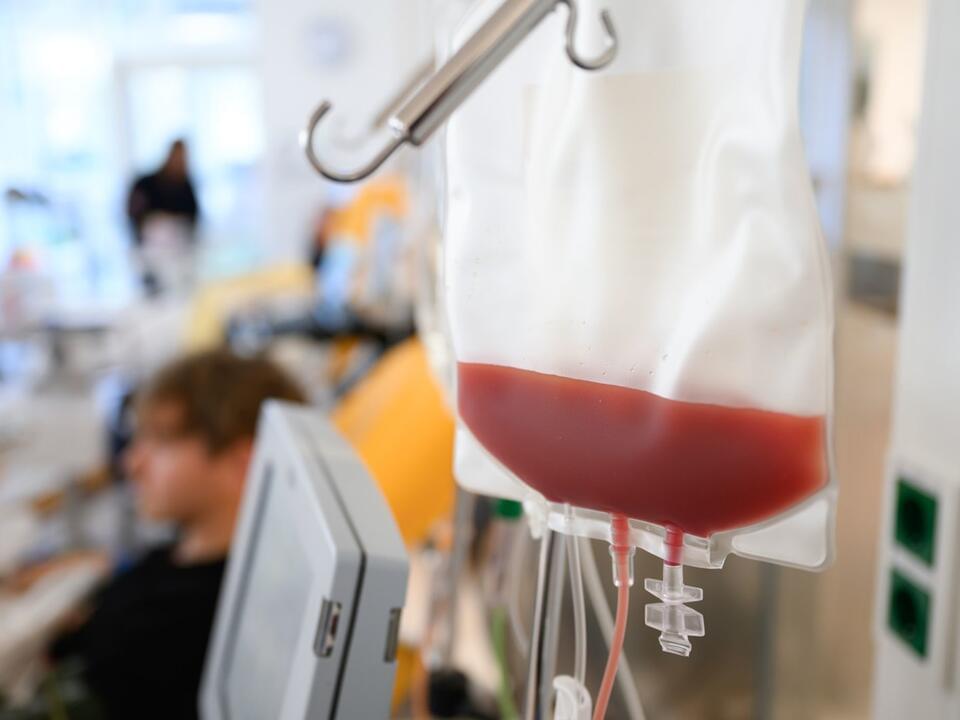ChatGPT maker OpenAI is rumored to be imminently releasing a brand-new AI model, internally dubbed “Strawberry,” that has a “human-like” ability to reason.
As Bloomberg reports, a person familiar with the project says it could be released as soon as this week.
We’ve seen rumors surrounding an OpenAI model capable of reasoning swirl for many months now. In November, Reuters and The Information reported that the company was working on a shadowy project called Q — pronounced Q-Star — which was alleged to represent a breakthrough in OpenAI’s efforts to realize artificial general intelligence, the theoretical point at which an AI could outperform a human.

